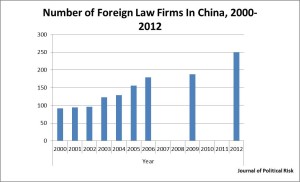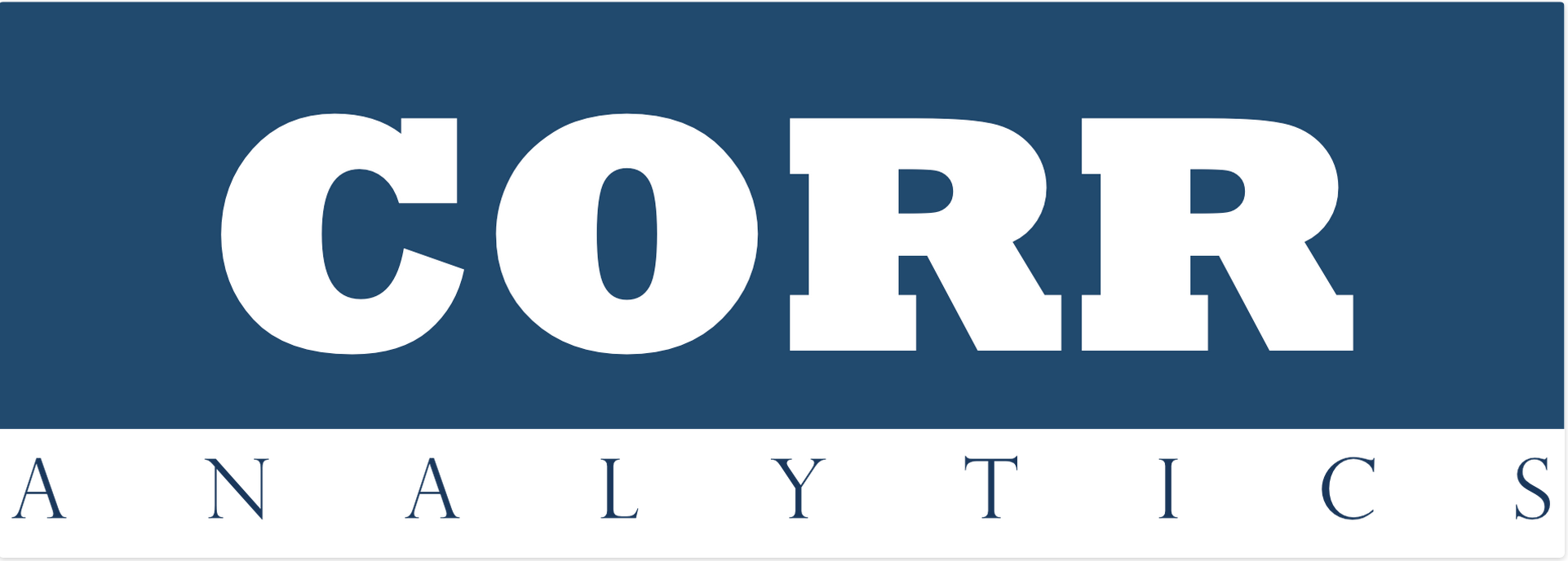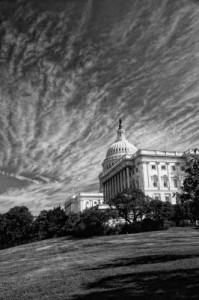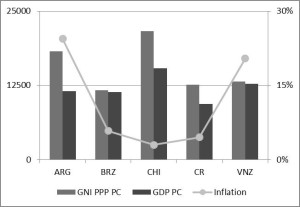
Number of Foreign Law Firms in China, 2000 to 2012. Sources: www.people.com.cn; www.china.findlaw.cn; www.chinanews.com; www.chinalaw.org.cn; www.moj.gov.cn; Fangyuan magazine, issue No.8, 2012; People’s Daily (overseas edition), June 9, 2000.
Journal of Political Risk, Vol. 1, No. 6, October 2013.
By Julian Yulin Yang, Esq.
Abstract: Mr. Julian Yang, a practicing lawyer and arbitrator in Beijing, China, describes problems with the Chinese legal system, including bias by courts, corruption, a culture of litigation, and lack of sufficient numbers of lawyers to satisfy market demand. He argues for legal services reform in China, including: 1) allowing foreign lawyers to address Chinese courts, 2) allowing foreign lawyers to practice commercial law, 3) increasing consultation of lawyers in contractual law to avoid litigation, 4) use of arbitration to decrease the quantity of litigation, 5) increasing the rights of Chinese lawyers, such as rights to gather evidence, and 6) increasing the rights of clients, for example the right to freely choose and meet with lawyers without police scrutiny. Mr. Yang argues that these reforms will increase the influence of China abroad, improve legal services in China, and provide a test as to whether greater political reform would be possible without loss of political stability.
Legal-Services-Reform-in-China-Chinese-Language-Version 2 中国法律服务的改革:局限、政策和战略


